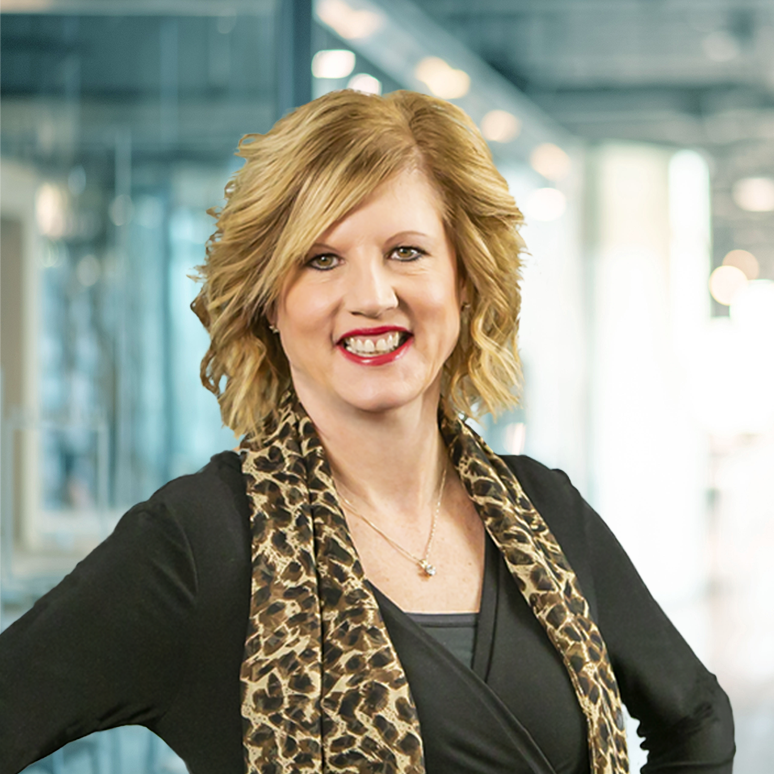How a Digital-Led Business Continuity Plan Benefits Your Warehouse
Written by Gina Daniel-Lee
3 Min Read
Blog
Until March 2020, most business continuity plans focused on things like the chance of fire, natural disasters, and cyber attacks. Few foresaw a global health crisis on the scale of COVID-19 and the incredible levels of disruption it brought. Now, company leaders are vowing not to be caught out again. Their business continuity plan checklists include everything from rethinking how to maintain resilient supply chains to building in the nimbleness needed to keep operating in a world where social distancing is required.
While many organizations were able to transition numbers of employees to work-from-home when the pandemic began, that wasn’t possible for frontline workers in warehouses, distribution centers, and manufacturing. Companies that had to keep workers on-premises adopted tactics to improve safety and reduce the risk of transmission. Not only was Personal Protection Equipment (PPE) like masks used, but groups of employees were segmented so they only interacted with their limited team. Workspaces were clearly delineated with solutions ranging from simple tape on the floor to plexiglass dividers. Rigorous cleaning of shared workspaces, surfaces, and devices was done between shifts.
Zebra MotionWorks Proximity
Finding better solutions to improve safety for frontline workers was a top priority early in the pandemic for Zebra Technologies. What they came up with not only worked during the pandemic, it also offered opportunities for business continuity, warehouse modernization, and digital transformation.
With its MotionWorks Proximity solution, Zebra is able to increase social distancing and offer useful data that leads to better safety and workflows. No extra hardware is required for organizations already using Zebra devices. The first part of the system is a proximity alert. “When two individuals get within two meters or six feet of each other, the solution will give an audible alert or haptic alert vibration to let the individuals know that they’ve moved within that six-foot space,” explained Mike Frank, Solution Product Manager on the Zebra Intelligent Edge Solutions Team.
If the employees ignore or are unable to comply with the alert, then the event is logged in the system. That may simply be a matter for human resources to address, but the data also shows when there are continuous problem areas. “The organization can potentially redesign the workflows to reduce the need for those people to be in close proximity,” Frank said.
If someone does become infected, the data gathered by the system can also be used for contact tracing to help limit further spread. Lastly, the system tracks device cleaning to ensure common devices are sanitized before they’re passed to the next person.
The Bigger Picture
Having a system like MotionWorks Proximity in place is valuable beyond business continuity planning because the data can be used in other areas. “Simply having a better way to track employees for safety purposes, for workload evaluation purposes, and communication purposes can drive better supply chain organization,” offered Jennifer Springer, Zebra’s Senior Director of Distribution Center Operations and Logistics.
Proximity is part of Zebra’s larger family of MotionWorks solutions that are driving modernization and digital transformation in warehouse, distribution, and manufacturing organizations and include:
- MotionWorks Warehouse – Offers near real-time asset location and tracking to automate transactions and eliminate errors. It’s designed to make warehouse operations smarter and faster—which leads to happier customers
- MotionWorks Material – Manages material replenishment throughout manufacturing operations to increase efficiency and deliver valuable insights. It speeds delivery, reduces downtime, and improves the bottom line
- MotionWorks Yard – facilitates the continuous flow of items within transportation systems, distribution centers, or manufacturing plants. It improves speed, productivity, and ensures the right trailer arrives at the right door at the right time.
Combine Business Continuity Planning with Other Goals
A survey by McKinsey done nine months into the pandemic shows how it dramatically sped up digital technology adoption. Beyond the digital transformation required for effective remote work, executives reported their companies “accelerated the digitization of their customer and supply-chain interactions and of their internal operations by three to four years.”
McKinsey concludes that technology has taken on greater strategic importance post-pandemic—beyond just providing cost efficiencies—and that organizations that want to stay competitive must embrace new strategies and practices.
The good news is that many of the advantages you gain from digital transformation also help improve business continuity because they make the organization more nimble. Zebra’s solutions—for example—improve productivity and efficiency while also offering enhanced worker safety.
New operating models that leverage a digital-first approach make an organization more competitive now and more resilient in a crisis. It’s a win-win.














